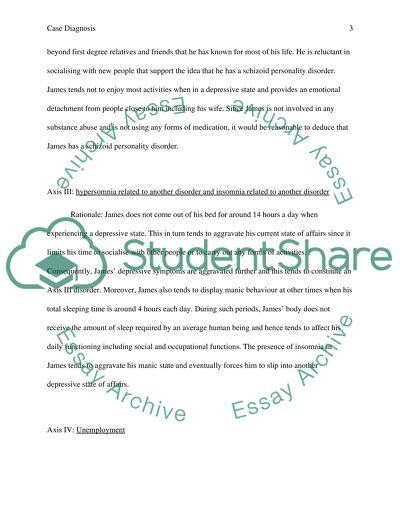Cite this document
(“Case review/DSM AXIS assessments/diagnosis Study”, n.d.)
Case review/DSM AXIS assessments/diagnosis Study. Retrieved from https://studentshare.org/psychology/1479164-case-review-dsm-axis-assessments-diagnosis
Case review/DSM AXIS assessments/diagnosis Study. Retrieved from https://studentshare.org/psychology/1479164-case-review-dsm-axis-assessments-diagnosis
(Case review/DSM AXIS assessments/Diagnosis Study)
Case review/DSM AXIS assessments/Diagnosis Study. https://studentshare.org/psychology/1479164-case-review-dsm-axis-assessments-diagnosis.
Case review/DSM AXIS assessments/Diagnosis Study. https://studentshare.org/psychology/1479164-case-review-dsm-axis-assessments-diagnosis.
“Case review/DSM AXIS assessments/Diagnosis Study”, n.d. https://studentshare.org/psychology/1479164-case-review-dsm-axis-assessments-diagnosis.


